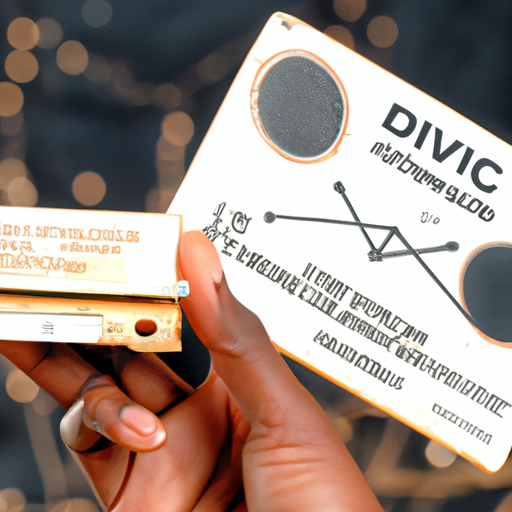Signal converters are essential components in modern electronic systems, allowing different types of signals to be converted from one form to another. These devices play a crucial role in ensuring compatibility between various devices and systems, enabling seamless communication and data transfer. In this article, we will explore what signal converters are, how they work, and their applications in different industries.

A signal converter is a device that converts one type of signal into another type of signal. This conversion can involve changing the signal's format, voltage level, frequency, or any other characteristic that defines the signal. Signal converters are commonly used in electronic systems to interface between different types of sensors, transducers, and communication protocols.
There are several types of signal converters, each designed to convert specific types of signals. Some common types of signal converters include analog-to-digital converters (ADCs), digital-to-analog converters (DACs), voltage-to-current converters, current-to-voltage converters, and frequency converters. These converters can be standalone devices or integrated into larger electronic systems, depending on the application requirements.
How Do Signal Converters Work?
Signal converters work by taking an input signal and processing it to produce an output signal with the desired characteristics. The conversion process typically involves several stages, including signal conditioning, amplification, filtering, and modulation. Each stage is designed to manipulate the input signal in a specific way to achieve the desired output signal.
Analog-to-digital converters (ADCs) are used to convert analog signals, such as voltage or current, into digital signals that can be processed by digital systems. ADCs sample the input signal at regular intervals and convert each sample into a digital value using a process called quantization. The digital values are then processed further to produce the final digital output signal.
Digital-to-analog converters (DACs) perform the opposite function of ADCs, converting digital signals into analog signals. DACs take a digital input signal and convert it into an analog output signal with the desired voltage or current level. This conversion process involves reconstructing the analog signal from the digital samples using techniques such as interpolation and filtering.
Voltage-to-current converters and current-to-voltage converters are used to convert signals between voltage and current domains. These converters are commonly used in power electronics applications to interface between voltage sources and current loads. Voltage-to-current converters convert a voltage signal into a proportional current signal, while current-to-voltage converters do the opposite.
Frequency converters are used to convert signals between different frequency ranges. These converters are commonly used in communication systems to translate signals between different frequency bands or modulation schemes. Frequency converters can be implemented using techniques such as mixing, filtering, and amplification to achieve the desired frequency conversion.
Applications of Signal Converters
Signal converters are used in a wide range of applications across various industries, including telecommunications, automotive, industrial automation, and medical devices. Some common applications of signal converters include:
1. Sensor Interface: Signal converters are used to interface between sensors and control systems in industrial automation applications. They convert sensor signals, such as temperature, pressure, or position, into a format that can be processed by the control system.
2. Communication Systems: Signal converters are used in communication systems to convert signals between different modulation schemes, frequency bands, or protocols. They enable seamless communication between different devices and networks.
3. Power Electronics: Signal converters are used in power electronics applications to convert signals between voltage and current domains. They play a crucial role in controlling power flow and managing energy conversion processes.
4. Audio and Video Systems: Signal converters are used in audio and video systems to convert signals between analog and digital formats. They enable the transmission and processing of audio and video signals in modern multimedia systems.
5. Medical Devices: Signal converters are used in medical devices, such as patient monitors and imaging systems, to convert signals from sensors and transducers into a format that can be displayed and analyzed by healthcare professionals.
In conclusion, signal converters are essential components in modern electronic systems, enabling the conversion of signals between different formats, voltage levels, frequencies, and other characteristics. These devices play a crucial role in ensuring compatibility and interoperability between various devices and systems in a wide range of applications. As technology continues to advance, the demand for signal converters is expected to grow, driving innovation and development in this field.